Literary Marvels of Kambar
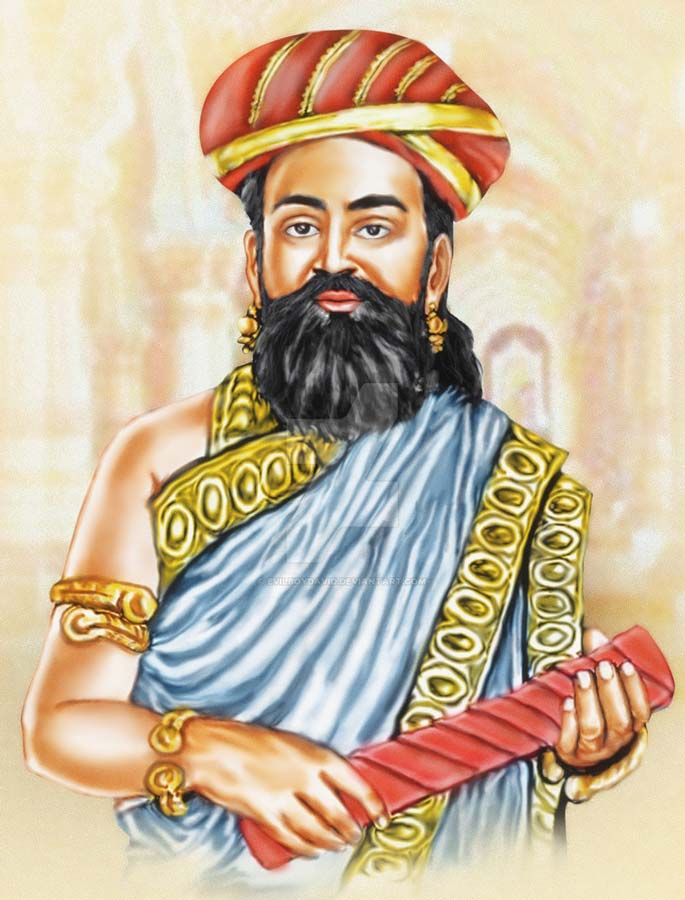
A symposium on the Tamil literary marvels by the poet Kambar by Apsaras Arts in collaboration with Umar Pulavar Tamil Language Centre Kambar was a medieval Tamil poet and the author of the Ramavataram, popularly known as Kambaramayanam, the Tamil version of the Ramayana. The Ramavataram is an epic of about 11,000 stanzas, is not a verbal translation of the Sanskrit epic by the poet Valmiki, but a retelling of the tale in Tamil, rich in literary values. This symposium showcasing on the literary marvels of the poet include talks by two distinguished scholars and dancers from Apsaras Arts will share a dance narrative to Kambar’s words adding a different dimension to experiencing the epic. Date : Saturday, 4th November 2017 Time : 6:00pm to 8:00pm Venue : Umar Pulavar Tamil Language Centre, 2 Beatty Road, 209954 Admission Free. All are Welcome. For more information, please contact Ms Shankari email : apsaras.arts@gmail.comoffice phone : 65735866 Online Quiz for Participants
Hanuman Chalisa Chanting
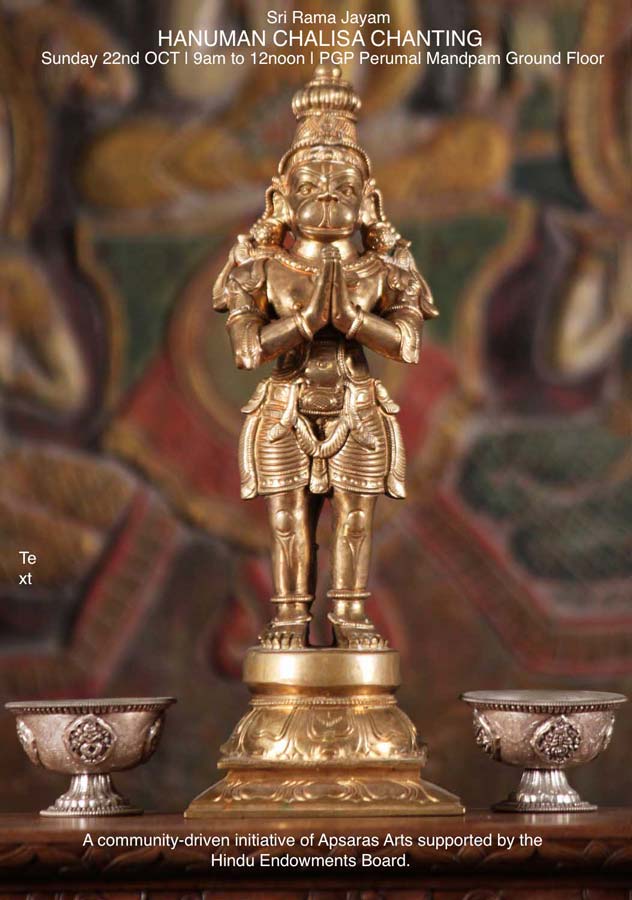
A community engagement event organised by Apsaras Arts supported by the Hindu Endowment Board, Singapore The Hanuman Chalisa, is a Hindu devotional hymn (stotra) addressed to Hanuman. It is traditionally believed to have been authored by 16th-century poet Tulsidas in the Awadhi language, and is his best known text apart from the Ramcharitmanas by the same poet. The word “chālīsā” is derived from “chālīs”, which means the number forty in Hindi, as the Hanuman Chalisa has 40 verses (excluding the couplets at the beginning and at the end). The auspicious form, knowledge, virtues, powers and bravery of Hanuman are described in the first ten Chaupais. Chaupais eleven to twenty describe the acts of Hanuman in his service to Ram, with the eleventh to fifteenth Chaupais describing the role of Hanuman in bringing back Lakshman to consciousness. From the twenty-first Chaupai, Tulsidas describes the need of Hanuman’s Kripa. At the end, Tulsidas hails Hanuman and requests him to reside in his heart and in the heart of Vaishnavs. Date : Sunday, 22nd October 2017 Time : 9:00am to 12:00noon Venue : PGP Mandapam (Ground Floor) 397 Serangoon Road Singapore 218123 Lunch will be served at 12:00 noon Admission Free. All Are Welcome.
Behind the Scenes of Apsaras Arts’ Anjaneyam – Hanuman’s Ramayana
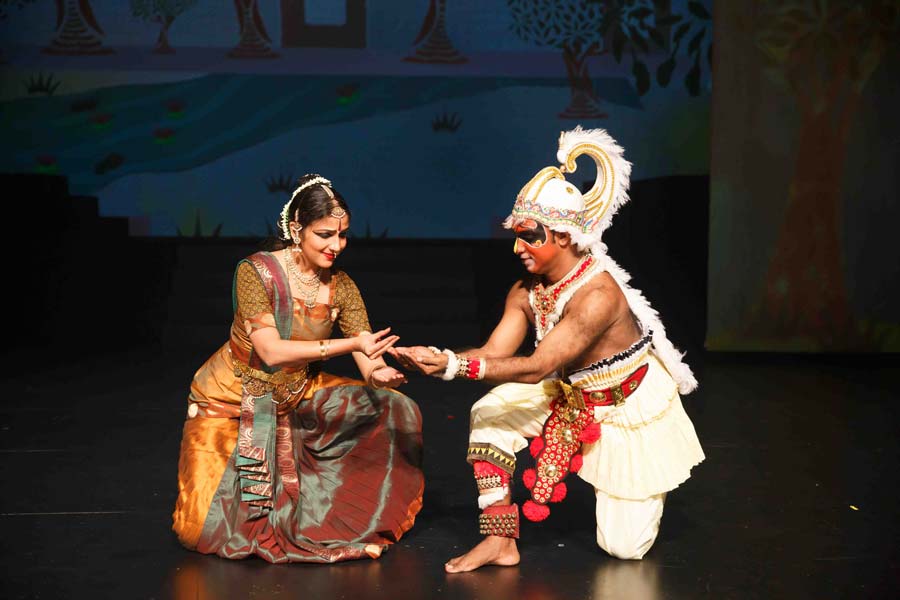
At this dance video talk, the audience will be able to hear more on the concept from its artistic director Aravinth Kumarasamy and catch a sneak preview of Javanese and Indian dance sequences. This talk is presented by Esplanade Theatres on the Bay as part of da:ns festival 2017. Date : Saturday 21st October 2017 Time : 4:00pm to 5:00pm Venue : Library@Esplanade Admission Free
Ravana
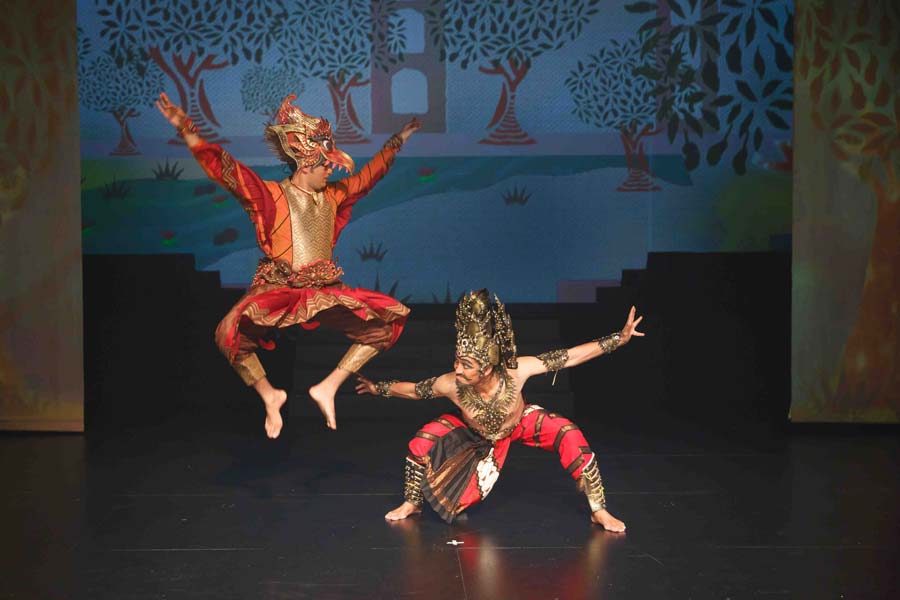
Ravana is the primary antagonist in the ancient Hindu epic Ramayana where he is depicted as a Rakshasa, the Great king of Lanka. Ravana is the son of Vishrava and Kaikesi and grandson of Pulastya. Ravana, a devotee of Shiva, is depicted and described as a great scholar, a capable ruler and a maestro of playing the musical instrument – the veena He is also described as extremely powerful and has ten heads. His paramount ambition was to overpower and dominate the devas. His ten heads represent his knowledge of the six shastras and the four Vedas. In the Ramayana, Ravana kidnaps Rama’s wife Sita to exact vengeance on Rama and his brother Lakshmana for having cut off the ears and nose of his sister Shurpanakha. Ravana’s malevolent spirit was not exhausted with his death at the climax of Ramayana; rather, his legacy of evil was reiterated and revisited mythologically and theologically in many later Hindu texts. In the Bhagavata Purana, for instance, Ravana and his brother, Kumbakarna were said to be reincarnations of Jaya and Vijaya, gatekeepers at Vaikuntha, the abode of Vishnu and were cursed to be born on Earth by the Sanatah Kumara monks after refusing these holy men entry. The all-merciful Vishnu agreed that they should be punished but agreed to mitigate their curse. He asked them whether they would want to undergo seven births as devotees of Vishnu or three births as enemies of the Lord. Since they wanted to get back to Vaikuntha as soon as possible, they agreed to be born in three births as enemies of God. In their second of these births, it is said that they were born as Ravana and Kumbhakarna. Despite his villainous behavior, Ravana is still commonly acknowledged as a great character. He is considered to have possessed several important virtues, the foremost being his knowledge of the sacred books, medicines, and sorcery. Ravana was also a great devotee of Shiva, and is supposed to have composed the dance known as the Shiva Tandava Stotra, according to legend. Further, his skillful leadership is often noted; although Ravana initially took Lanka by force, he was nevertheless an effective ruler, bringing times of great prosperity to the island during his rule. With this in mind, citizens of Khonpura worship their Ravana idol during the Dussera festival, an occasion wherein worshipers everywhere else burn his effigy. He is considered to be the most revered devotee of Shiva. Images of Ravana are seen associated with Shiva at some places and he is also hailed as Ravaneshwara. Mandodari was the queen consort of Ravana, the king of Lanka, according to the Hindu epic Ramayana. The Ramayana describes Mandodari as beautiful, pious, and righteous. She is extolled as one of the Panchakanya (“Five Girls”), the recital of whose names is believed to dispel sin. Mandodari was the daughter of Mayasura, the King of the Asuras (demons), and the apsara (celestial nymphs) Hema. Mandodari bears three sons: Meghanada (Indrajit), Atikaya, and Akshayakumara. According to some Ramayana adaptations, Mandodari is also the mother of Rama’s wife Sita, who is infamously kidnapped by Ravana. Despite her husband’s faults, Mandodari loves him and advises him to follow the path of righteousness. Mandodari repeatedly advises Ravana to return Sita to Rama, but her advice falls on deaf ears. Her love and loyalty to Ravana are praised in the Ramayana.
Apsaras Arts Academy in Little India, Singapore
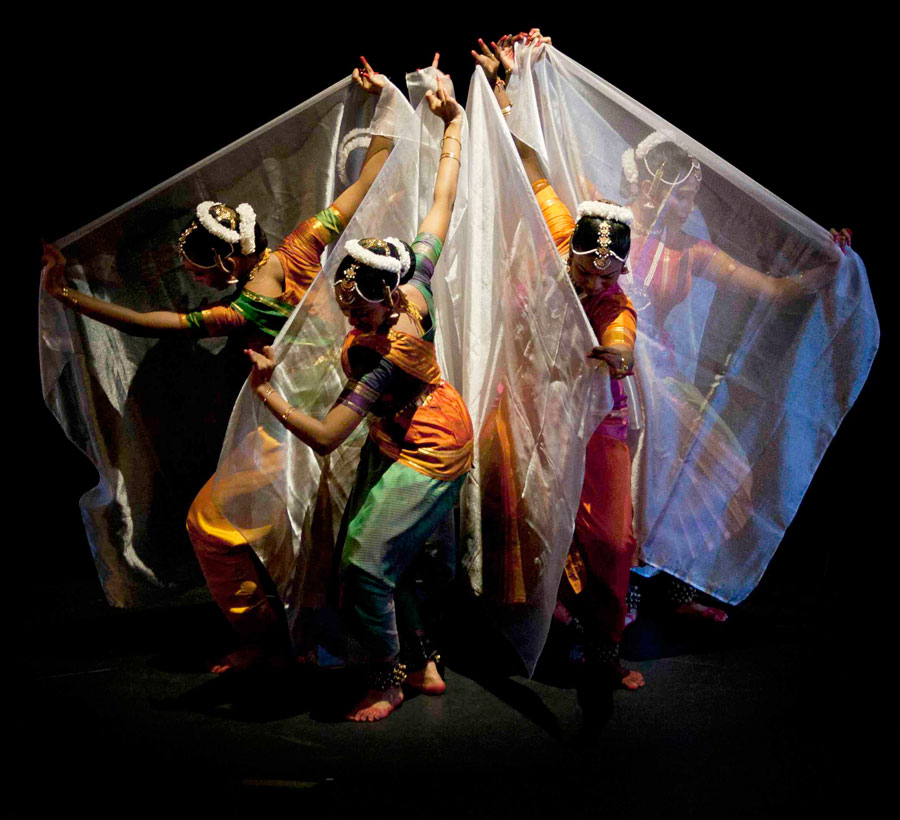
With over four decades of experience in creating and showcasing acclaimed international dance productions, Apsaras Arts has grown into a premiere performing arts company and a dance academy with a strong focus on classical Indian dance. Over the years, Apsaras Arts graduates have established themselves as dance artistes, choreographers and dance teachers in Singapore and overseas. Apsaras Arts Academy is commencing to provide classes in Bharatanatyam, Kathak, Kuchipudi, and Mohiniattam in the heart of Little India in Singapore. Apsaras Arts will be launching new batch of classes for the following levels: Register For Classes Here
New Narratives for Indian Dance: Exploring Ramayana through India and Indonesia
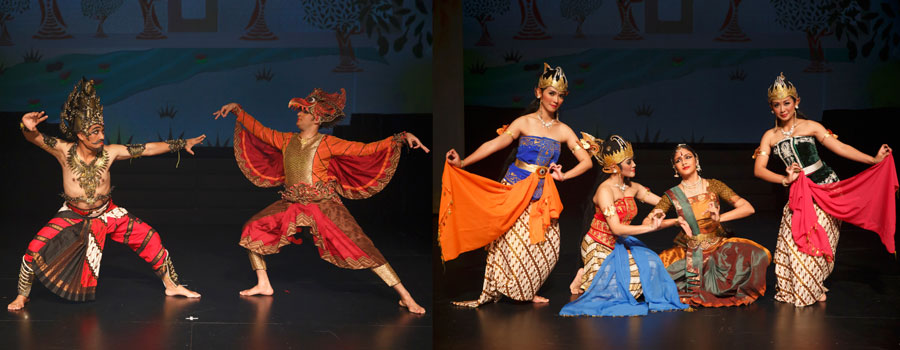
Apsaras Arts, the creators of the acclaimed dance production “Angkor – An Untold Story”, are planning for their next adventure with a mega dance production “Anjaneyam – Hanuman’s Ramayana” co-produced with Esplanade-Theatres on the Bay. The production features dancers and musicians from Indonesia, India and Singapore, taking the audiences on a spectacular journey, as the tale of the Ramayana unfolds through the life of Hanuman, the revered monkey God. Apsaras Arts will be premiering this exciting new work in November 2017 at the Esplanade.Apsaras Arts collaborates with National Library Board for a series of interactive lec-dem sessions “New Narratives for Indian Dance”, as part of Got To Move 2017 initiative by National Arts Counciland MCCY, conducted at the Ang Mo Kio public library, and Tampines regional library. A similar session will be held at Library@Esplanade as part of Dan:s Festival 2017 by Esplanade Theatres on the Bay. The audience will be able to hear more on the concept from its artistic director Aravinth Kumarasamy and catch a sneak preview of Javanese and Indian dance sequences Admission Free by Registration Please find details of the sessions and links for online registrations. Ang Mo Kio Library : Saturday 15th October 2017 | 4:00 – 5:00 pm Peatix link: gtm-amklibrary.peatix.com Tampines Library : Sunday 22nd | 5:00 – 6:00 pm Peatix links: gtm-tampineslibrary.peatix.com Library@Esplanade for dan:s Festival 2017 : Saturday 21st October | 4:00 – 5:30 pm
Photo for the week from Anjaneyam: Hanuman’s Ramayana

Sita recollects the episode of Rama trying to catch Maaricha disguised as the Golden Deer, a collaborative choreography of the dance genres of Indian classical dance – Bharatanatyam and Javanese classical dance. Featuring Kalakshetra alumni Vikas Parayalil from SIFAS, Singapore as Rama and Yuni Ratnasari from Indonesia as Sita. This scene in the production Anjaneyam employs Black Light theatre style of stage setting, to enhance the audience experience of Sita’s recollection. The distinctive characteristics of “black theatre” are the use of black curtains, a darkened stage, and “black lighting” (UV light), paired with fluorescent costumes in order to create intricate visual illusions. This “black cabinet” technique was used by Georges Méliès, and by theatre revolutionary Konstantin Stanislavski (especially in his production of Cain). The technique, paired with the expressive artistry of dance, mime and acrobatics of the performers is able to create remarkable spectacles. A key principle of Black Light Theatre is the inability of the human eye to distinguish black objects from a black background. This effect results in effective invisibility for any objects not illuminated by the ‘black light’. The second optical principle behind Black Light Theatre is the effect of UV light on fluorescent objects. Black lights actually emit as much light as ‘normal’ lights, but at a frequency that humans cannot detect. While most objects either absorb UV light or reflect it back at the same frequency at which it came in, fluorescent objects absorb UV light then re-emit it at a longer wavelength that human eyes can detect. The combined effect is that designers can make some objects appear as bright as if the room were fully lighted, while making other objects appear as dark as if the room were completely dark. 3D Projection Mapping Set Design by Himanshu Ghosh and his team from Knownsense studios Light Design by Gyan Dev Singh Costume Design by Mohanapriyan ThavarajahConcept and Artistic Direction by Aravinth Kumarasamy Please check out ANJANEYAM: HANUMAN’S RAMAYANA in our Repertoire
Kathak Classes at Siglap South CC
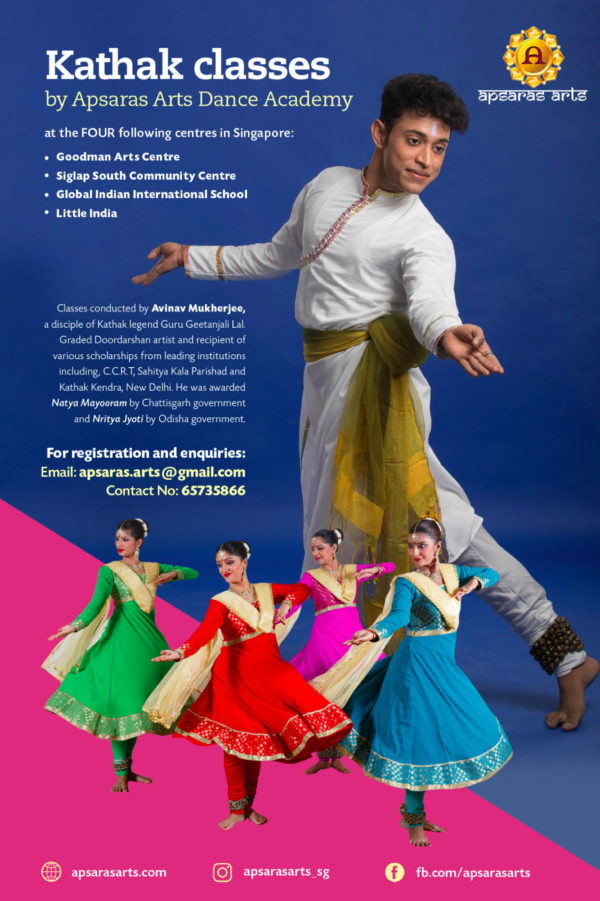
Apsaras Arts Dance Academy commences Kathak classes at Siglap South CC from March 2018. Class Timings : Saturdays 2pm to 3pm & 3pm t0 4pm Fees : Term of 8 classes at $200 Address : 6 Palm Road, Singapore 456441 Tel No : +65 62411925 Register for Classes
The epic as told by Hanuman – Review on The Hindu India
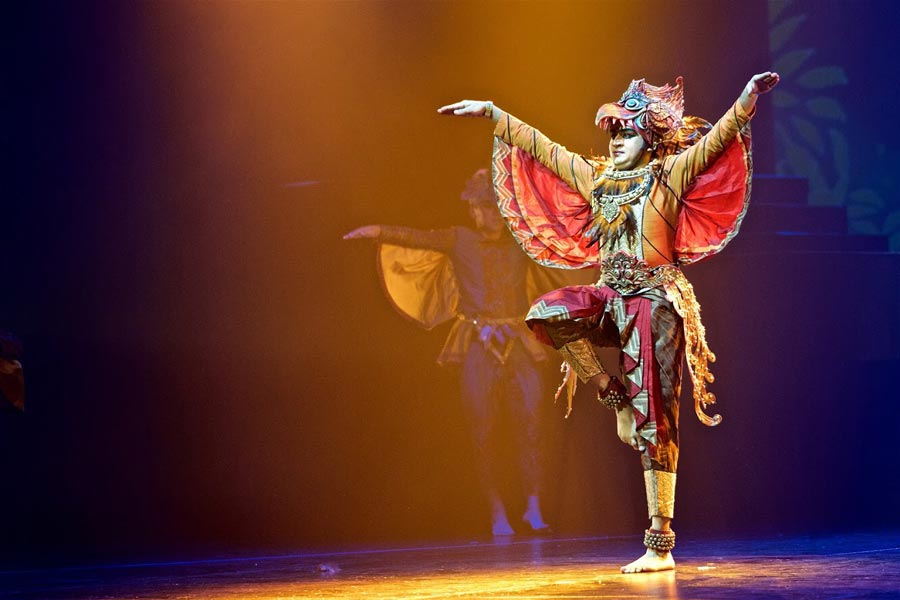
Apsaras Arts ‘Ramayanam’ staged at Singapore recently stood out for its cross-cultural appeal Esplanade Theatre, Singapore, in collaboration with Apsaras Arts presented ‘Anjaneyam- Hanuman’s Ramayana’ as the inaugural performance of the Kalaa Utsavam of Indian Arts (Nov 17-26), and also to highlight the Center (Esplanade) turning 15 and Apsaras Arts, 40. After their first large-scale production ‘Angkor: An Untold Story,’ Anjaneyam, conceptualised by Apsaras Arts, was another mega production, this time retelling the timeless Ramayana from the perspective of Hanuman. Gallery Read Full Review
Agathi: Plight of refugees through dance – Review on The Hindu
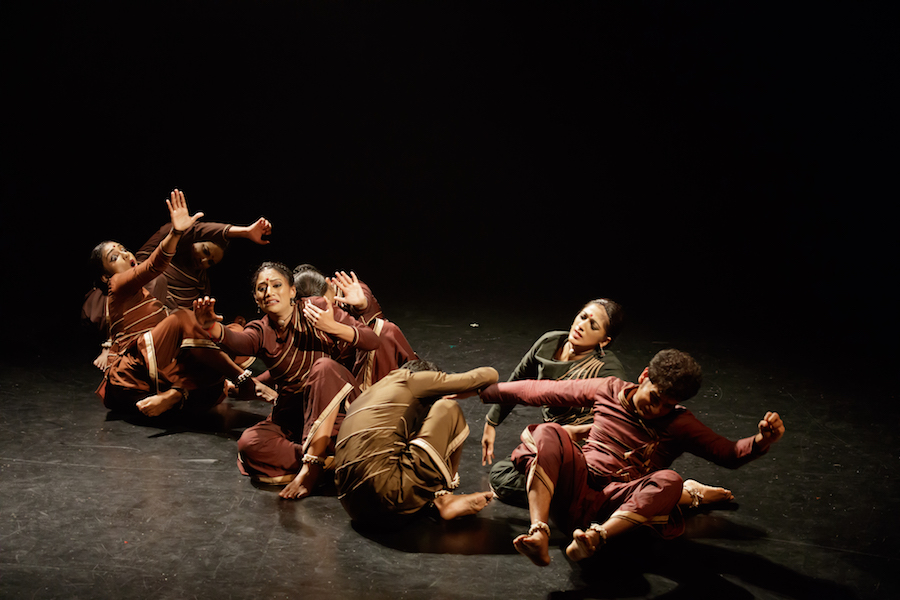
by Rupa Srikanth The presentation was as stark as the theme — refugees Ensemble dance theatre works such as ‘Agathi,’ presented by Apsaras Arts, Singapore, and directed by Artistic Director, Aravinth Kumarasamy, are important milestones in the preservation and evolution of the classical arts, as solo Bharatanatyam is acquiring a ‘niche’ tag and presented in smaller venues, as against being included in the mainstream schedules of large culture festivals across the world. Another reason for ‘Agathi,’ gaining importance was the subject — moving away from mythology to subjects of universal interest such as the sufferings of refugees. Presented at Natya Darshan, ‘Agathi,’ incidentally was an India premiere. Gallery Read Full Review